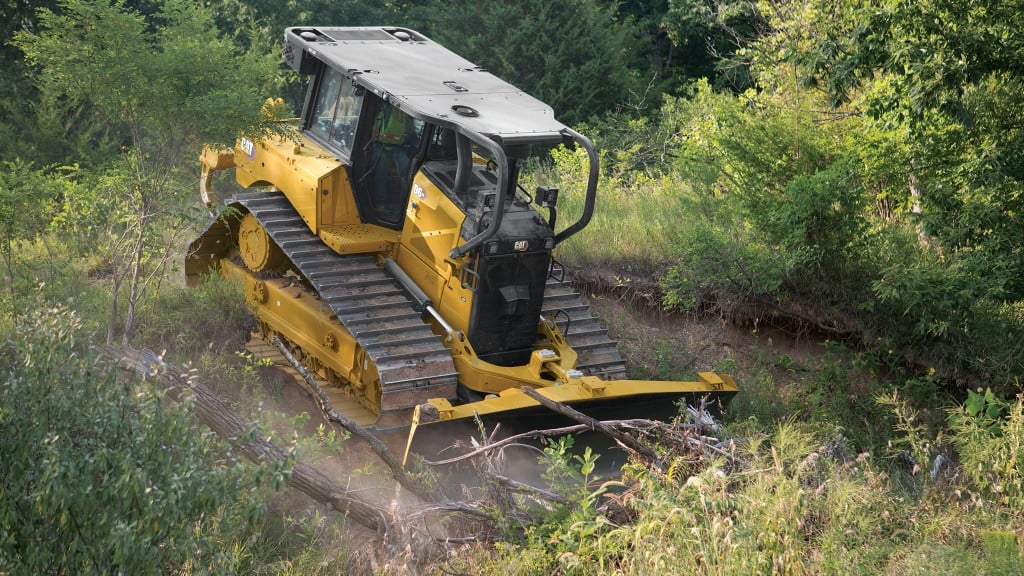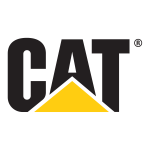Diesel-electric-drive equipment pushes productivity
How the diesel-electric powertrain of Caterpillar XE machines drives up productivity and lowers fuel consumption

Every operation is looking for an edge – whether that's decreasing load cycle times, increasing maintenance intervals or reducing fuel costs. Diesel-electric-drive machines are a potential opportunity for an operation to find that edge. As with any new technology, the key to determining whether diesel-electric drive equipment is right for your job site is to understand how it works and how its benefits are achieved.
Caterpillar has introduced two diesel-electric-drive machines in recent years, the D6 XE high-drive track type tractor and the 988K XE large wheel loader. According to Mike Friederici, industry manager for earthmoving at Finning Canada, the biggest question that prospective customers have is how the diesel-electric drive works.
The diesel-electric powertrain works similarly in both the D6 XE dozer and 988K XE wheel loader. They both have a diesel engine and liquid-cooled electrical systems with electric generators mounted directly behind the engine.
In the dozer, the power from the engine is converted to electricity by the generator, which powers the electric motor. It then sends power through inverters to the electric control module and then to the final drives which move the tracks.
In the wheel loader, the power from the engine is converted to electricity by the switch reluctance (SR) generator, then goes through the power inverter to the switch reluctance (SR) electric-drive motor which powers the driveline to the wheels.
This diesel-electric powertrain eliminates the torque converter, transmission and related components.
What does this change in powertrain mean for operators?
In the wheel loader, the 988K XE offers a single speed range, so the machine efficiently operates without the need for gear shifting. According to Friederici, the new virtual gears help to control machine ground speed and deliver smooth direction shifts.
In the dozer, operators will notice that the machine has a different feel thanks to simulated, rather than mechanical, gears. The D6 XE does the thinking for you and automatically selects the most productive and efficient mode for the work you are doing. Set the ground speed on the machine and the D6 XE automatically optimizes to the operation and application. "Zero shifts, just set the ground speed and go."
Determining the benefits of XE machines
Once a contractor understands the mechanical differences of an XE machine, Friederici noted that the most important thing to establish is the desired longevity and total cost of ownership of the machine as it relates to fuel savings and components. Paying the higher price premium up front may not be cost effective if you're going to run the machine for a year and then sell, as most cost savings of an XE machine are realized over the long term through total cost of ownership.
Productivity
Caterpillar gathers telematics data from machines around the world which it can then use to analyze average cycle times of that model, thus measuring productivity. For example, Friederici said that when he looked at the data on cycle times for the 988K, he could see an average complete cycle time of 0.61 minutes for the conventional machine versus 0.58 minutes for the XE model. What looks like a small gain for a single cycle adds up significantly over the working life of the machine. The D6 XE realizes similar productivity gains.
Fuel savings
In addition to the productivity boost, fuel savings is where the payback on investment in the XE machine is significant. For example, if the 988K XE machine consumes 47 litres of fuel per hour, and the conventional counterpart consumes 65 litres per hour, with fuel costs of $1 per litre, the savings over 20,000 hours of ownership would be $360,000.
The greenhouse gas reduction that comes with fuel burn reduction may also be an important factor for operators, particularly for work in regions that require bidding contractors to use the most environmentally friendly machines.
The electric drive eliminates the need for a torque converter which, according to Caterpillar, can potentially deliver a 25 percent increase in fuel efficiency on the 988K XE and the D6 XE. Friederici noted that when a machine is powered by an electric generator, once you set the throttle the rpm stays constant, reducing torque loads on the engine – which leads to the next advantage.
Reduced wear and tear on components
Because the engine isn't experiencing variable changing load all of the time, the engine life could be significantly longer on XE machines and the electric components are designed to outlast the engine.
"If you had a pickup truck, for example, and you put 5,000 pounds in the back of that pickup and drove around with it all day long, every day, the longevity of the powertrain declines. It goes down, down, down – and it's the same thing with loaders and crawlers," said Friederici.
He added that the electric drive has a longer life and oil change intervals are also extended. There is no transmission to service and there are substantially fewer moving parts – it's just an engine, a generator and electric drive.
Looking to the future
While construction has historically been slow to adapt to new technologies, this is changing and, as with any other new technology, educating customers on the benefits of these machines takes time – but Friederici is seeing interest in these machines take off in the marketplace. While diesel-electric-drive options are currently limited, Friederici predicts that we'll see this powertrain become available on more machines within the decade.
Company info
16901 - 109 Avenue
Edmonton, AB
CA, T5P 4P6
Website:
finning.com
Phone number:
888-346-6464




